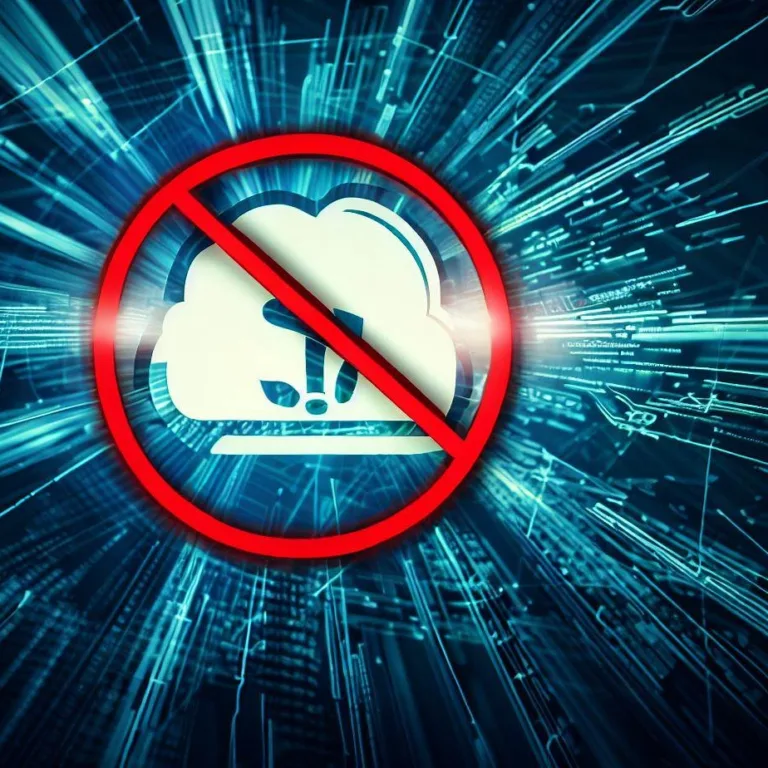SSH Connection Refused is a common error message that occurs when attempting to connect to a remote server using the Secure Shell (SSH) protocol. This error indicates that the server is rejecting the SSH connection request, preventing the establishment of a secure connection between the client and the server.
Understanding SSH Connection Refused
SSH is a cryptographic network protocol that provides a secure way to access and manage remote systems. It is widely used by system administrators, developers, and other IT professionals to securely connect to servers and perform various tasks, such as remote administration, file transfers, and running commands.
When connecting to a remote server via SSH, the client initiates a connection request to the server. The server then verifies the client’s credentials and either allows or denies the connection based on various factors, such as authentication settings, firewall rules, and access controls.
Causes of SSH Connection Refused
There are several possible reasons why an SSH connection may be refused:
1. Incorrect SSH Configuration
If the SSH server is not properly configured, it may reject incoming connections. This can happen if the SSH daemon is not running, the server’s firewall is blocking SSH traffic, or the SSH service is restricted to specific IP addresses.
2. Invalid Credentials
Authentication is a crucial step in the SSH connection process. If the client provides incorrect credentials, such as an invalid username or password, the server will reject the connection request.
3. IP Address Restrictions
Some servers may have IP address-based access controls in place. If the client’s IP address is not allowed to connect to the server, the SSH connection will be refused.
4. Firewall or Network Issues
A firewall or network configuration issue on either the client or server side can lead to SSH connection problems. For example, if the server’s SSH port (default: 22) is blocked by a firewall, the connection will be refused.
Troubleshooting SSH Connection Refused
Resolving SSH connection refused errors requires identifying and addressing the underlying cause. Here are some steps you can take to troubleshoot the issue:
1. Verify SSH Service
Ensure that the SSH service is running on the server. Check the server’s documentation or consult with the system administrator to confirm the SSH daemon’s status.
2. Check Firewall Settings
Review the firewall settings on both the client and server sides. Make sure that the SSH port (default: 22) is open and not blocked by any firewall rules.
3. Verify Credentials
Double-check the username and password used for authentication. Ensure that they are correct and match the credentials set up on the server.
4. Review IP Address Restrictions
If the server has IP address restrictions in place, verify that the client’s IP address is allowed to connect. If necessary, update the server’s configuration to include the client’s IP address.
5. Check Network Connectivity
Ensure that there are no network connectivity issues between the client and the server. Test the network connection and troubleshoot any network-related problems that may affect the SSH connection.
Frequently Asked Questions (FAQs)
Q: How do I fix SSH connection refused?
A: To fix SSH connection refused errors, you can try the following steps:
- Check that the SSH service is running on the server.
- Verify that the SSH port (default: 22) is open in the server’s firewall.
- Ensure that the client’s IP address is allowed to connect to the server.
- Double-check the credentials used for authentication.
- Troubleshoot any network connectivity issues.
Q: Can a firewall block SSH connections?
A: Yes, a firewall can block SSH connections if it is configured to do so. Ensure that the SSH port (default: 22) is open in the firewall settings to allow SSH traffic.
Q: Why am I getting a „Permission denied” error when trying to connect via SSH?
A: The „Permission denied” error usually occurs when the client provides incorrect credentials or when the server does not allow the user to log in using SSH. Double-check the username, password, and SSH configuration on both the client and server sides.
Q: What is the default SSH port?
A: The default SSH port is 22. However, it can be changed in the server’s SSH configuration file if needed.
Q: Can I use SSH on Windows?
A: Yes, SSH is available for Windows systems. You can use third-party SSH clients, such as PuTTY or OpenSSH for Windows, to establish SSH connections to remote servers.
Zobacz także:






